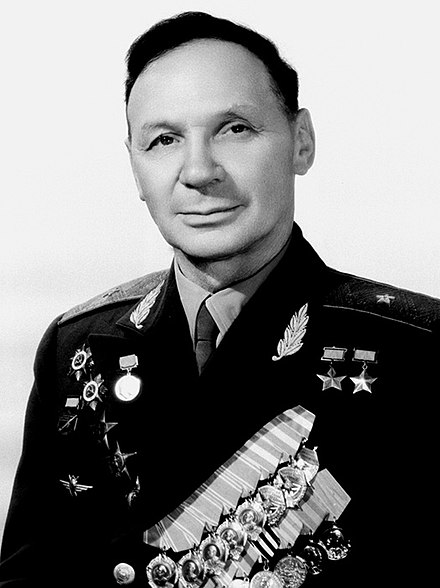May 7, 2020
Miscou Island’s Claim to (Aviation) Fame
admincopa
Eighty-one years ago last month, the Soviet Union tried to score a propaganda coup by arriving in New York City during its 1939 World’s Fair at the end of a record-setting non-stop airplane flight from Moscow. Given the theme of the fair, Dawn of a New Day, and the fact it was the first world’s fair to adopt a futuristic theme, the opportunity was understandingly tempting.
Unfortunately, the Soviets were unsuccessful. It landed in Canada instead.
The airplane used for the record attempt was an Ilyushin twin-engine DB-3 bomber modified for the trip by famed Russian aircraft designer Sergey Ilyushin himself. Special flotation devices were attached to the plane to permit it to float in case of a water landing. According to the Ilyushin company’s archives, Soviet leader Stalin asked Ilyushin, “Do you guarantee that in case of emergency the plane can land on water?” Ilyushin reportedly replied, “I guarantee that the plane will land in America.”
The flight of the now-renamed TsKB-30 took off from Moscow on April 27, 1939 (before the hostilities in Europe broke out), with the word ‘Moscow’ in Cyrillic script (Moskva) painted wingtip to wingtip across its underside. Running into inclement weather over Canada’s east coast, pilot and Brigadier-General Vladimir Kokkinaki broke out of cloud over the Gulf of St. Lawrence and sighted land ahead.
Deciding that discretion is the better part of valour, Kokkinaki put the Ilyushin down on a field near a lighthouse on what he later discovered to be New Brunswick’s Miscou Island, collapsing the landing gear and wrecking the propellers in the process but able to walk away without injuries. Kokkinaki and his co-pilot, Major Mikhai Gordienko, continued on to New York via a chartered aircraft where they were nevertheless feted for their accomplishment. The damaged aircraft was later disassembled and shipped back to the Soviet Union.

The 4,320-nm flight took 22 hours and 56 minutes, flying at an average speed of 188 knots. The route that the crew took stands the test of time as it is still used today for Moscow to New York flights. In 1965 Kokkinaki was honoured by the International Air Transport Association (IATA) for establishing the “shortest flight route between Europe and America.”
Top photo: RCMP officer and local reporter atop the Ilyushin aircraft. Courtesy New Brunswick archives.
